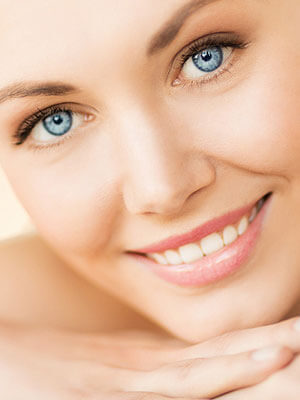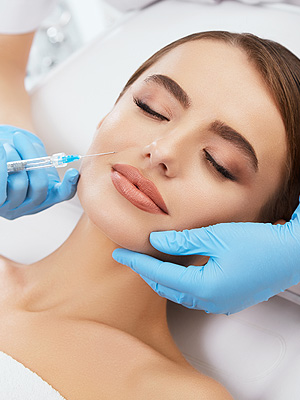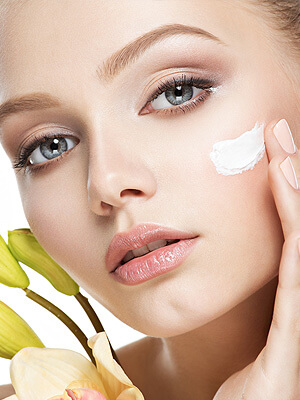Photofacials are a popular treatment for uneven skin color and tone. If you’re considering a photofacial, you may be wondering what exactly the procedure entails and what precautions you need to take after you have one.
Photofacials aren’t a surgical procedure and aren’t very invasive at all, so you don’t have to spend a long time recovering. But you do need to take some special care with your skin both before and after having a photofacial.
Keep reading to learn what special precautions are important to take after a photofacial treatment!
What is a Photofacial Treatment?
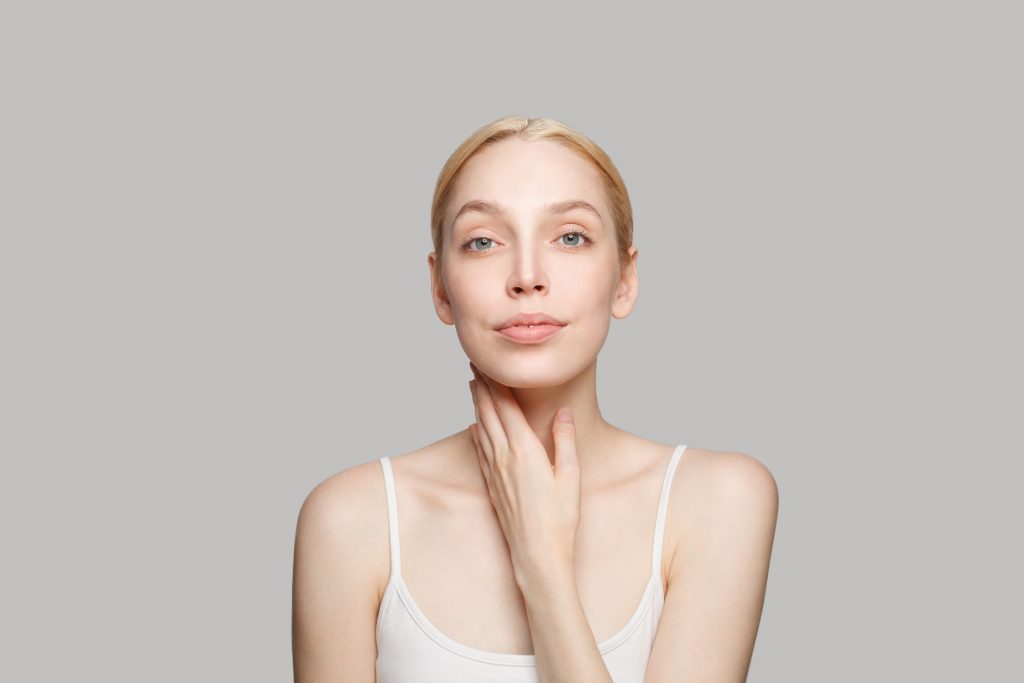
To better understand what you need to do to care for your skin before and after a photofacial, it’s good to understand what a photofacial actually is and what it does. Photofacials are a cosmetic treatment that use Intense Pulsed Light (IPL) in order to improve your skin color and overall tone.
They can be used to treat a variety of skin blemishes, especially those caused by sun damage. Different kinds of IPL therapies can treat:
- Symptoms of dry eye
- Skin redness from rosacea
- Broken capillaries
- Facial spider veins
- Active acne
- Skin discoloration / sun damage
A photofacial can reduce the appearance of these blemishes and make your skin look smoother and more even.
How Do Photofacials Work?
Photofacials use pulses of light from a device that’s applied directly to the skin. The pigmentation in your skin absorbs the light and heats up, creating a superficial injury that causes skin cells to shed.
This process both gets rid of unwanted pigmentation and stimulates collagen production. Your skin will be tender for a while after having a photofacial, resembling a sunburn. After, your complexion will be clearer with more even coloration.
What Happens During a Photofacial?
The process of getting a photofacial is pretty simple. Your appointment will take about half an hour. The IPL emitting device is handheld and applied to your skin by a qualified technician.
Your technician will apply some numbing cream to ease any discomfort. We also offer a breathable pain solution.
Photofacials are non-surgical and require no downtime after treatment to recover. You can get back to most of your normal activities right away.
It can take a few days to see the results of treatment, though, and you may need several treatment sessions spread out over time for the best results.
While you don’t need to take time to recover from having a photofacial, there are some precautions you need to take afterwards to promote better healing and protect your skin. There are also a few things you should do before having a photofacial to ensure the treatment doesn’t cause any harm to your skin.
Before Your Photofacial
Before you have a photofacial, you need to minimize your UV exposure. That means you shouldn’t tan in the sun, a tanning bed, or even with tanning cream for at least four weeks before your photofacial.
You also need to avoid irritating your skin as much as possible. You should avoid getting your face waxed, having a chemical peel, or getting collagen shots for at least two weeks before your photofacial.
You will need to discontinue the use of Retinol, Retin-A or Tretinoin for a minimum of two weeks prior to Photofacial treatment. The day of your photofacial, you shouldn’t have anything on your skin, including makeup, perfume, and lotions.
Tell your provider prior to your appointment if you are on Accutane, or if you have a history of cold sores.
After Your Photofacial
Immediately after your photofacial, be prepared for your skin to feel a little tender. It may feel like a light sunburn on your face for a few hours after treatment.
Your skin could also appear reddened for a couple of days, although the tenderness shouldn’t last that long. But you can use ice packs or a damp cloth to soothe your skin while it’s still red and tender.
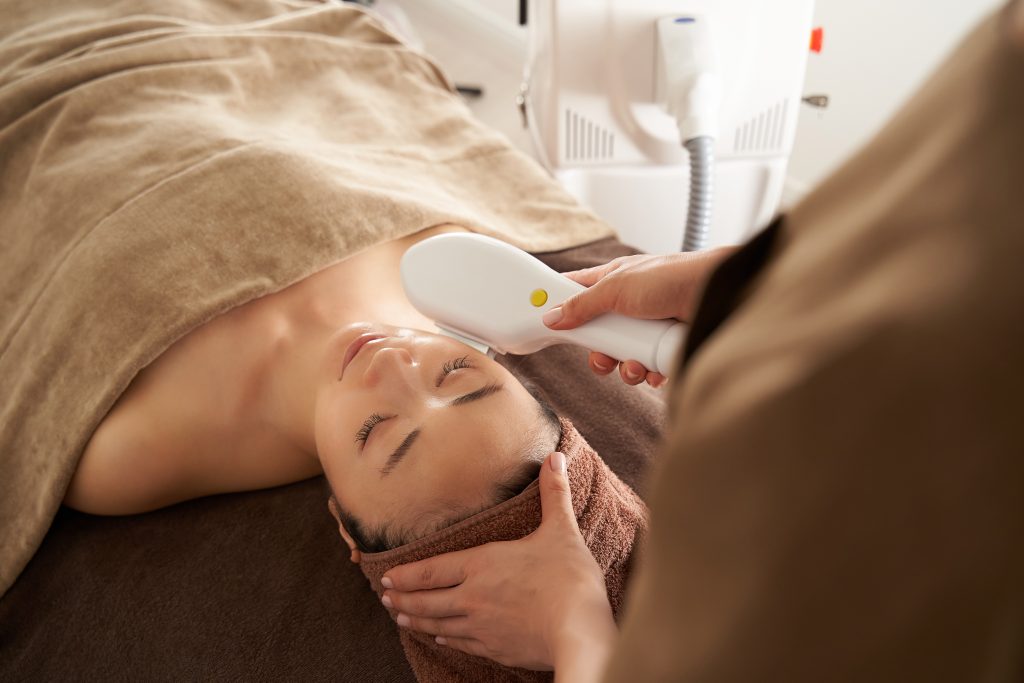
While your skin is still feeling sensitive, you should also refrain from wearing any makeup. Once it’s no longer painful to do so, however, you can safely wear makeup again.
As mentioned earlier, you can do most of your daily activities as normal immediately after having a photofacial. The main thing you need to do after your treatment is protect your skin.
That means you should use a gentle cleanser to keep your skin clean and a moisturizer to keep it from becoming dry. But most importantly, you need to wear sunscreen on your face.
The sunscreen should be at least thirty SPF and needs to be reapplied every few hours during the day, even if it isn’t sunny outside.
Sun protection is particularly important after having a photofacial as your skin will be sensitive. That means your skin will be much more prone to sunburn.
You may also notice freckles start to appear or become darker. This is your body breaking down the sun damage pigment, it should resolve on its own within a few days of the treatment.
Make sure to be diligent about wearing sunscreen in the days and weeks following your photofacial. Also, it is important that you do not pick at your skin during the hearing process, as this can cause scarring
Taking proper care of your skin before and after having a photofacial will ensure you get the best possible results from your treatment!
Do you want to learn more about photofacials or determine if this treatment might be able to help you accomplish your goals? Schedule an appointment at Revive MedSpa in Hazelton, Kingston, or Scranton, PA, today!

